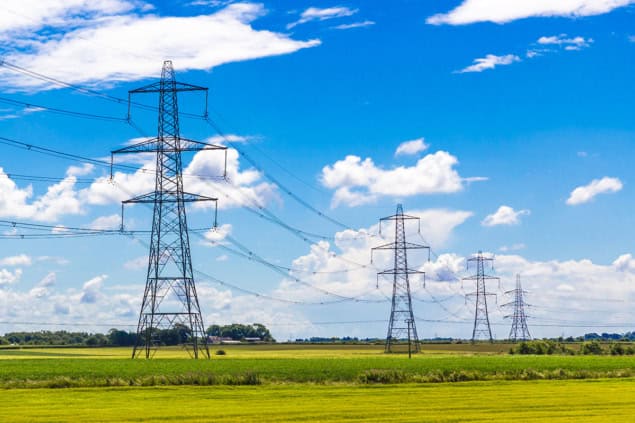New research has emerged that suggests wireless power transfer could be made more efficient by leveraging the power of dispersion

Wireless power transfer (WPT) is increasingly used in consumer electronics, electric vehicles, and medical devices, with technologies like inductive charging and resonant coupling leading the way.
The key to successful WPT technologies is ensuring that a high percentage of the input power is transferred to its intended destination – i.e. it must be efficient.
The idea of parity-time (PT) symmetry helps achieve this goal by offering a way to balance energy gain and loss in a system, which helps maintain stable and efficient power flow – even in the presence of disturbances.
Here parity means spatial reflection (like flipping left and right), and time refers to reversing the direction of time. A PT-symmetric system behaves the same when both of these transformations are applied together.
However, this method has its limitations. It often requires very fine-tuning, it can struggle when devices do not function as idealised resistors,. Most importantly, it falls short of achieving the theoretical maximum efficiency of WPT.
This is where the new paper comes in. They’ve performed a comprehensive experimental and theoretical study demonstrating that dispersive gain can greatly enhance the efficiency of WPT beyond the limits of previous methods.
Dispersive gain describes a type of energy amplification in a system where the gain depends on the frequency of the signal. This means the system amplifies energy differently at different frequencies, rather than uniformly across all frequencies.
This allows the system to naturally shift energy into the most efficient frequency modes for transfer.
Their work could be used to enable new technologies or make existing ones more affordable. It could also open up new possibilities for harnessing dispersion effects across electronics and optics.
Read the full article
Dispersive gains enhance wireless power transfer with asymmetric resonance – IOPscience
Hao et al. 2025 Rep. Prog. Phys. 88 020501
